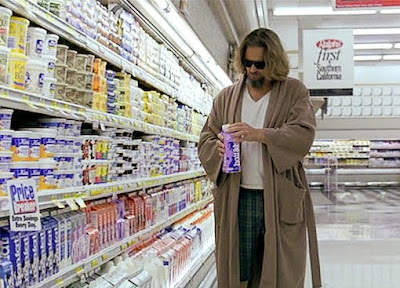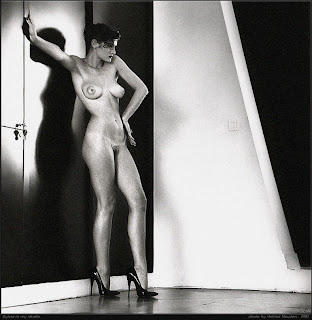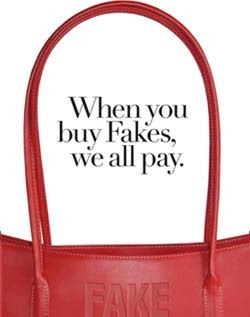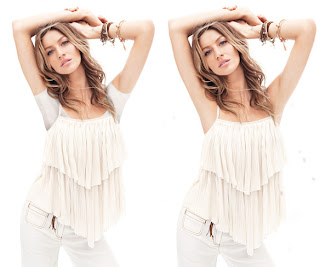Opposition to Fashion

Opposition to fashion can take many forms. Above the Big Lebowski bathrobe is a simple disinterest in adornment or to unite or separate. Other types of opposition include opposition to Western aesthetics that dominate the fashion industry, opposition to the forms of fashion as fixed, and oppositions to the rules of the fashion industry evident in counterfeiting. Speak to the children of Israel and say to them they should make themselves tzitzit on the corners of their clothing throughout their generations, and give the tzitzit of each corner a thread of blue. And they shall be tzitzit for you, and when you look at them you will remember all of the Lord's commandments and do them and not follow after your heart and after your eyes which lead you astray. Numbers 15 The above Jewish text is a call for believers to distinguish themselves from others through clothing. This is part of what we have learned about fashion as adornment and a tool to unite and separate groups. The meaningf




